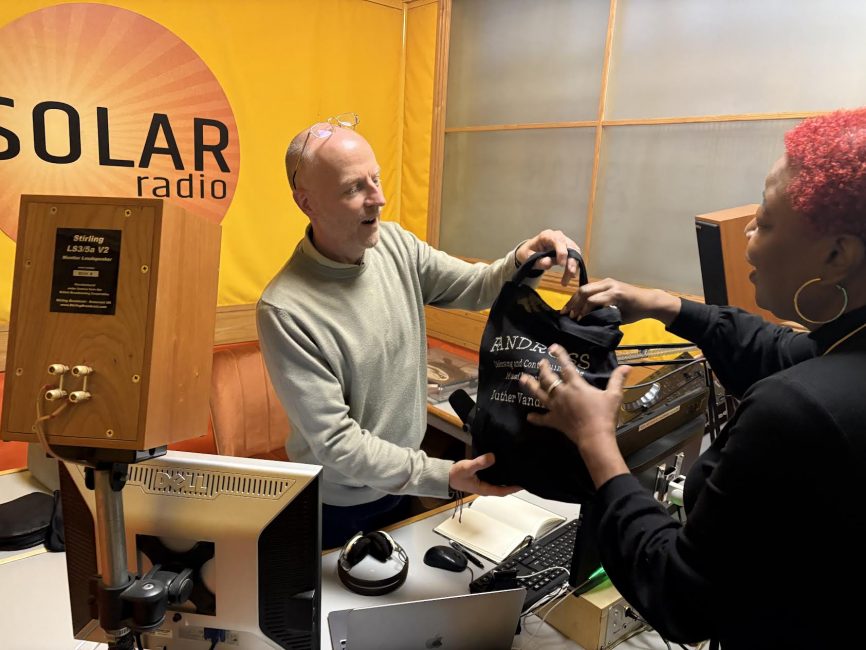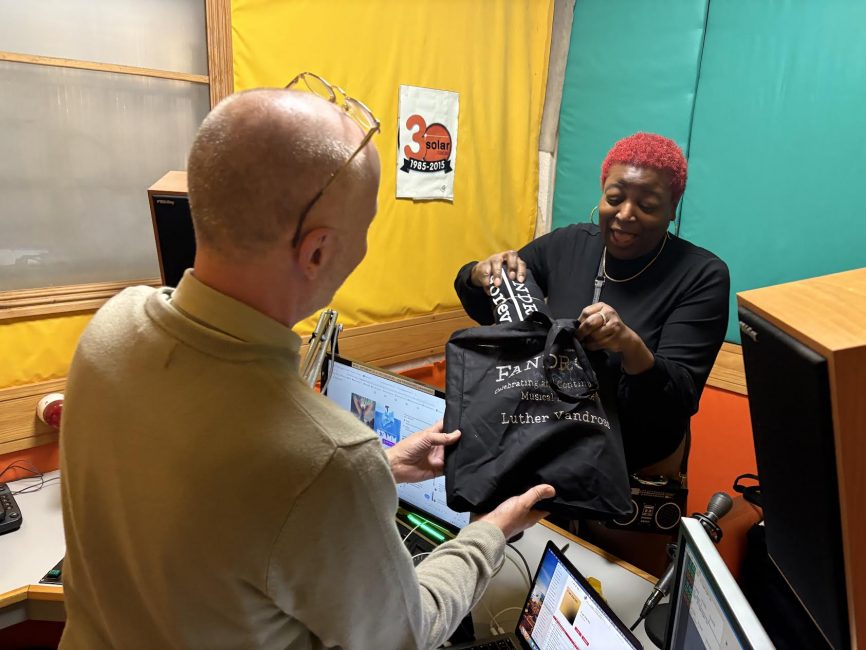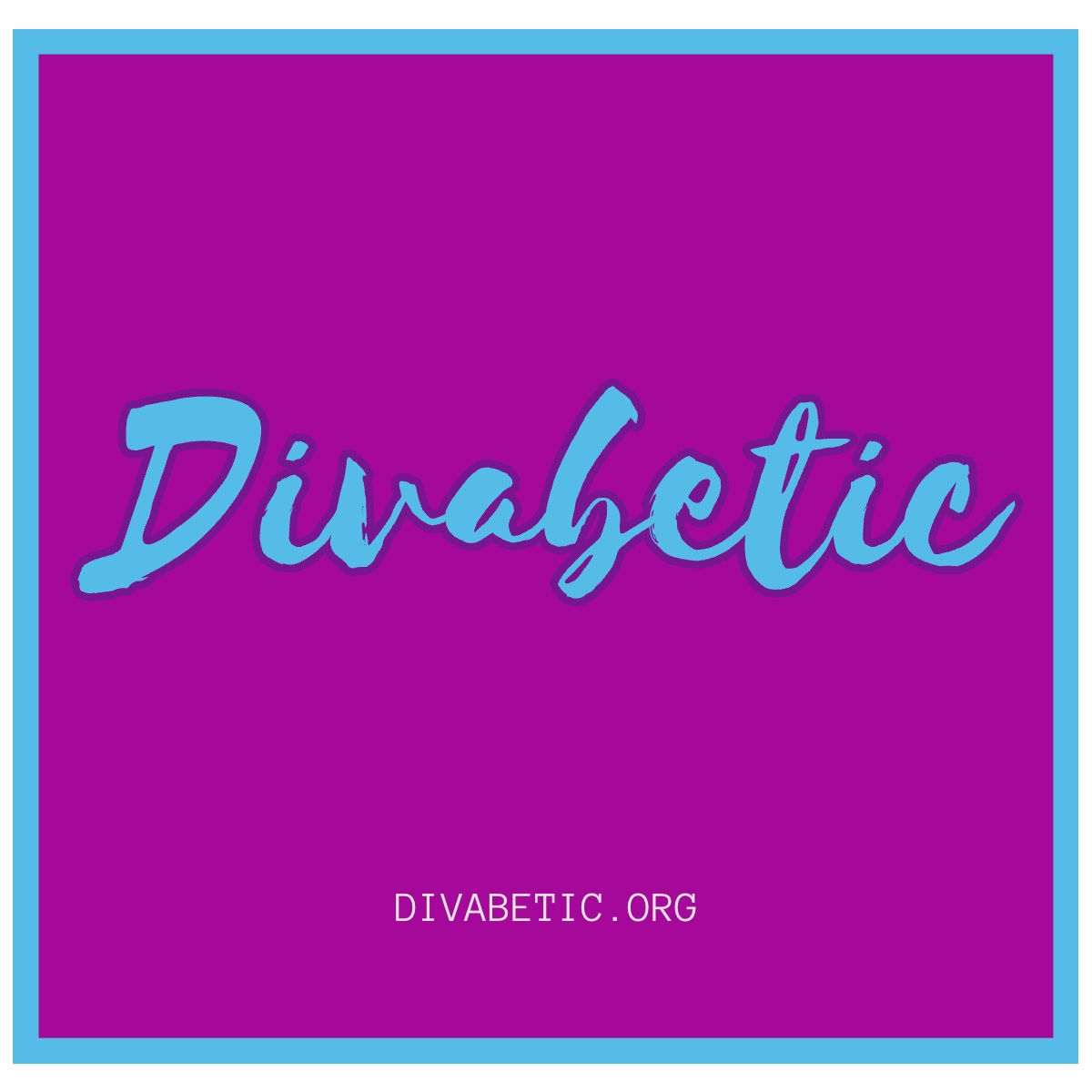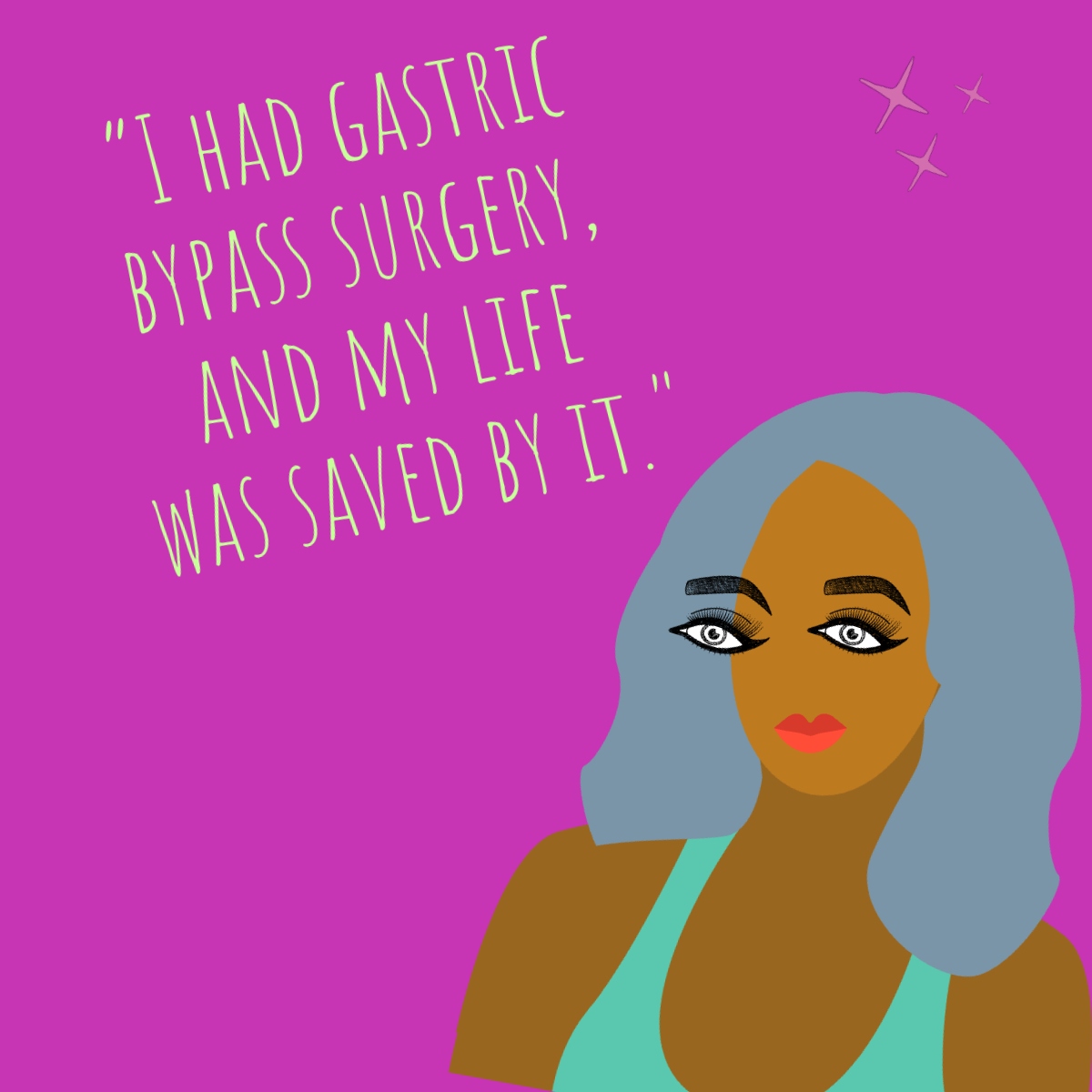One of the standout moments from my incredible trip to London, where I was there to promote the premiere of the Luther: Never Too Much documentary in UK theaters, was my delightful interview on Solar Radio with my good friend Richard Marzetti, the host of Soul Life.
During our chat, Richard posed a fantastic question about my all-time favorite Luther song.
Without hesitation, I chose Crazy Love from Luther Vandross‘s brilliant album, Secret Love.

This track is not only a breathtaking showcase of his unparalleled artistry but also evokes a flood of wonderful memories from our days working on that album together. I can still picture the vibrant recording sessions at the Hit Factory, the unforgettable photo shoot at Milk Studios, and the thrilling promotional tour across the US and UK. Those were truly special times!

I was also excited to introduce Seveda Williams, the CEO of FANDROSS and Luther’s niece, to Richard. Seveda surprised Richard with a fantastic gift bag from FANDROSS that was bursting with goodies for vinyl enthusiasts—think classic records, a stylish FANDROSS t-shirt, and a chic tote bag!

I hope you all enjoy listening to our Soul Life interview with Richard Marzetti on Mixcloud!













